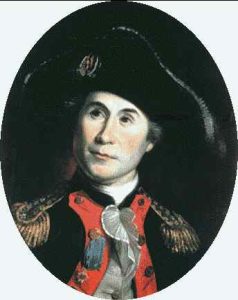Contents
Contents
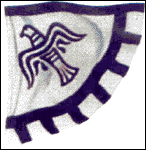
VIKING BANNER Newfoundland, circa 1000 A. D.
This particular banner depicts a raven. A hardy bird that can subsist on any diet, mariners carried them in a world before latitude and longitude to find their way to safety. When the birds were released far at sea, they unerringly headed for the nearest land.
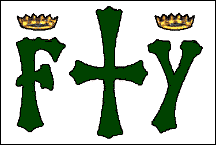
COLUMBUS EXPEDITIONARY FLAG West Indies, 1492
With an “F” for Ferdinand and a “Y” for Ysabella (correct spelling). Vexillologists (people who study flags) consider this the first true flag to fly in the Americas.
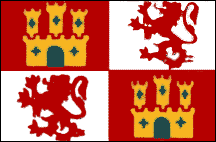
SPANISH ROYAL STANDARD San Salvador, October 12, 1492
Once ashore, Columbus broke out this flag with which to claim the new world for Spain, hence it became the first flag to fly over soil in the Americas. The flag represents the Kingdom of Castilla y Leon: castles for Castilla and lions rampant for Leon.
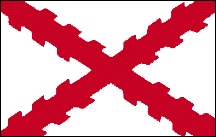
BURGUNDY CROSS Spanish Colonial, 1516 – 1556
When King Charles the First ascended the throne, he adopted as his standard the “Cross of Burgundy”, in honor of his father Philip, the Duke of Burgundy. This is the flag which led conquistadors from Florida to and across Mexico.
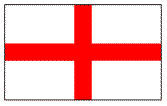
CROSS OF SAINT GEORGE, 1497
Dating back to the Crusades, this flag symbolized England at least as far back as 1277. On June 24, 1497, John Cabot planted it on the shore of present-day Labrador, making it the first flag to fly over mainland America. After the adoption of the Union Flag (below), this flag was still flown on the foremast of English merchant ships, with the Union flag on the mainmast (Scottish ships had the St. Andrew flag on the foremast). Hence, this flag flew over the Mayflower when it arrived at Plymouth Rock in 1620.
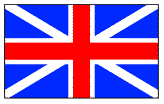
BRITISH UNION FLAG, 1603 – 1775
King James of Scotland succeeded Elizabeth the First of England in 1603. To signify the union of the two lands, he designed this flag, combining the red cross symbolic of England’s Patron Saint George (he of the dragon legend) with the white cross of Saint David of Wales and the white saltire (that’s heraldry talk for a cross that’s X-shaped) symbolic of Saint Andrew, Patron Saint of Scotland. This flag flew over all the English new world colonies. Note the difference from the modern Union Jack, which has added to it the red saltire of Saint Patrick for Northern Ireland.
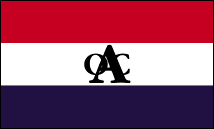
DUTCH EAST INDIA COMPANY, 1609
When Henry Hudson sailed up the river that bears his name and when Manhattan was purchased for a handful of beads, this was the flag that flew overhead. The colors are the same as the Dutch national flag, and the “A” stands for the home city of Amsterdam. The other letters stand for: “Oost Indise Compagnie” or East India Company.
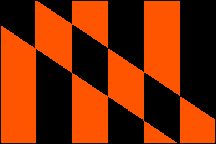
LORD BALTIMORE, 1629
This is the personal flag of George Calvert, the First Lord Baltimore, who visited Virginia in 1629 and liked it so much he became the proud owner of Maryland, and sent the ships Ark and Dove to settle it a few years later. The next time you see the State Flag of Maryland, you’ll recognize where its top-right and bottom-left corners come from.
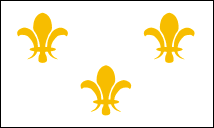
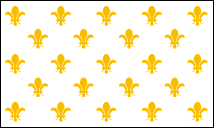
FRENCH, 1590-1789
A plain white flag symbolized the Bourbons, the French Royal Family, and the Fleur-de-Lis (Lily) has symbolized France since before history. Legend has it an ancient king found lilies growing on an island in the Seine River, and founded his capital there, which became Paris. These Flags are just two of many variations used in the Americas.
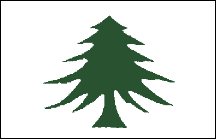
PINE TREE FLAG, 1686
Contrary to what many think, this isn’t a revolutionary flag, but was in use a hundred years before then, as a symbol of New England in general and Massachusetts in particular. Once war broke out, it was swiftly adapted by the Americans in various forms, and in April of 1776, it became the official flag of the Massachusetts Navy (yes, there really was such a thing! Alas, it never survived the battle of Penobscot Bay, though, but that’s another story).


